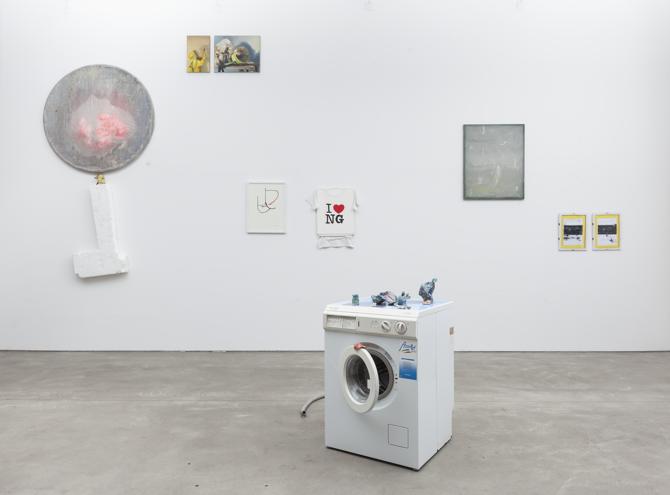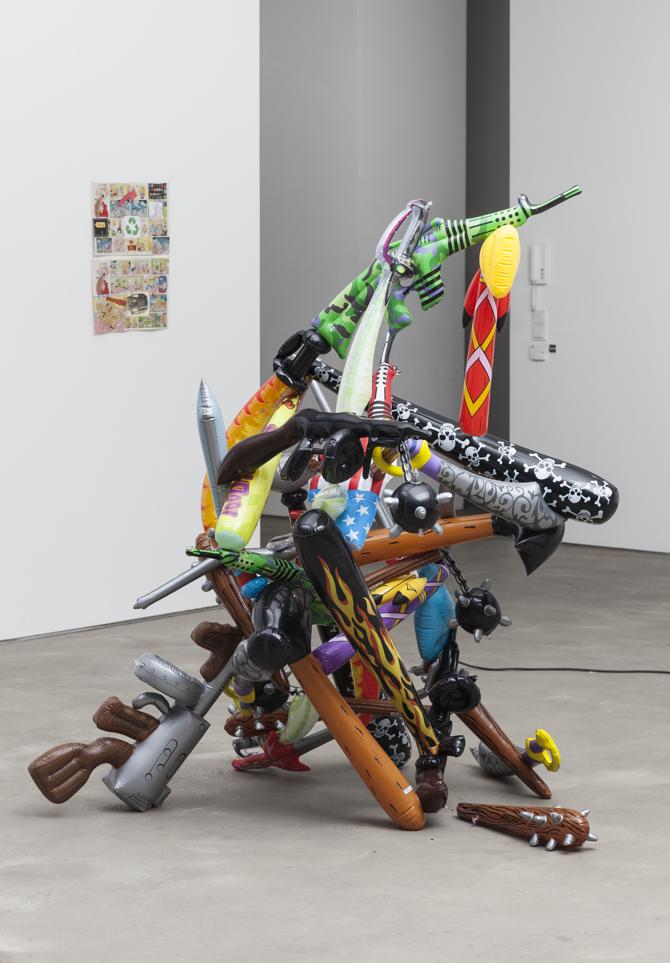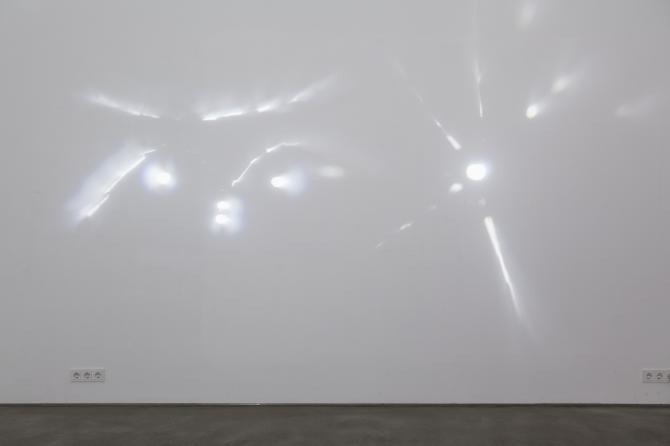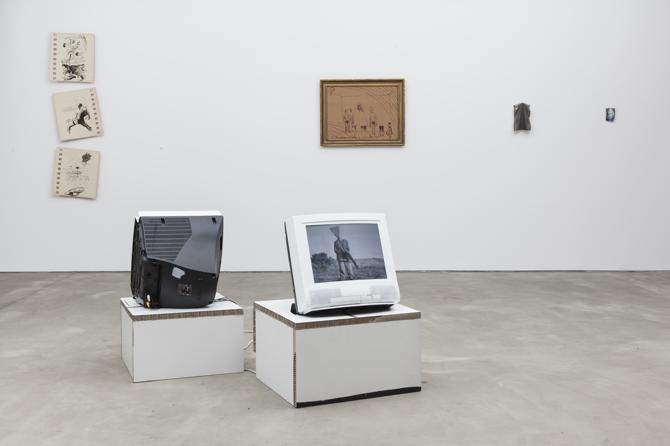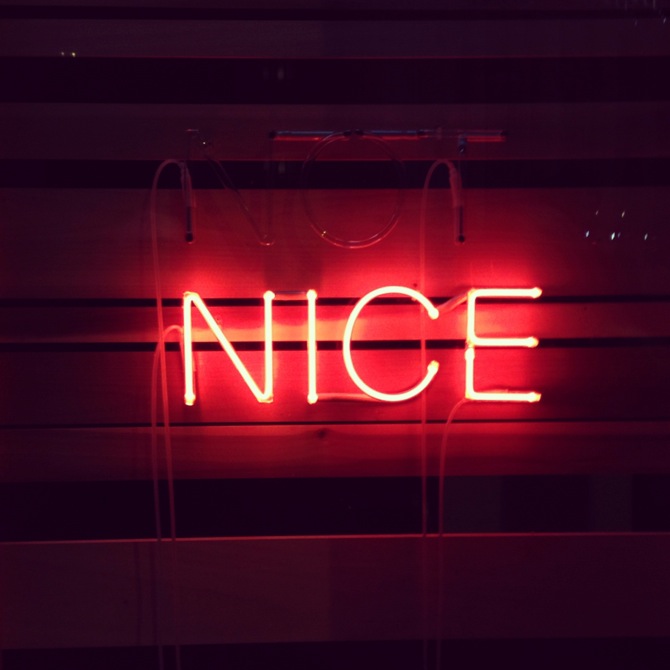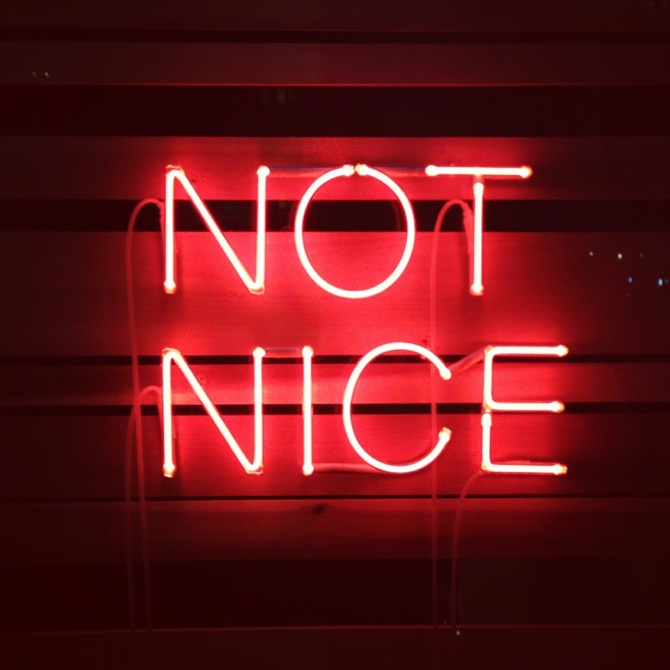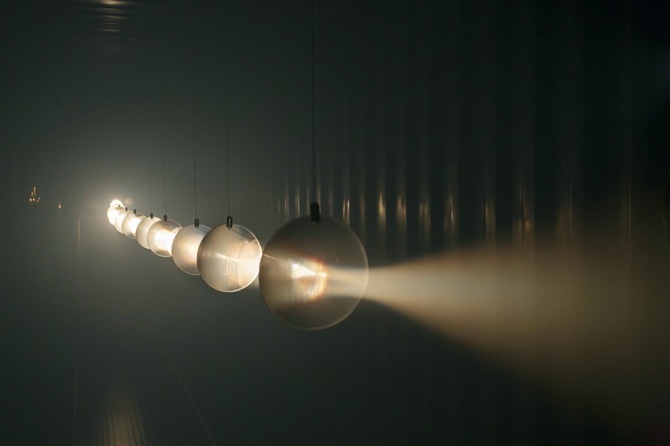 from the top: (1) Spirits Closing Their Eyes, Production stills, Galerie Eigen+Art, Leipzig 2014 © fischer/el sani and VG Bildkunst.
from the top: (1) Spirits Closing Their Eyes, Production stills, Galerie Eigen+Art, Leipzig 2014 © fischer/el sani and VG Bildkunst.
Nina Fischer and Maroan el Sani have been doing collaborative art works since 1995. While photographic and cinematic projects dominate their oeuvre, Nina and Maroan often travel to far destinations around the globe, investigating in the particular mood of the country. It is 'transitory places' that they seek to explore and to portray in their very own artistic language. The large three channel video installation "Spirits Closing Their Eyes" is the central (and the most recent) work in their currently solo show at Galerie Eigen+Art in Leipzig. Along several former photographic projects and videos, this piece portraits various Japanese inhabitants just after the nuclear catastrophe in Fukushima in 2011 and speaks both, a touching and a highly disturbing language. Far from being a classical documentary, this film creates an uncomfortable tension that causes the curiosity of how Nina Fischer and Maroan el Sani approach their projects. In an interview with artfridge, they talked about their experiences of the post-traumatic state in Japan, about resignation and politics, and about the aesthetic of their work.

